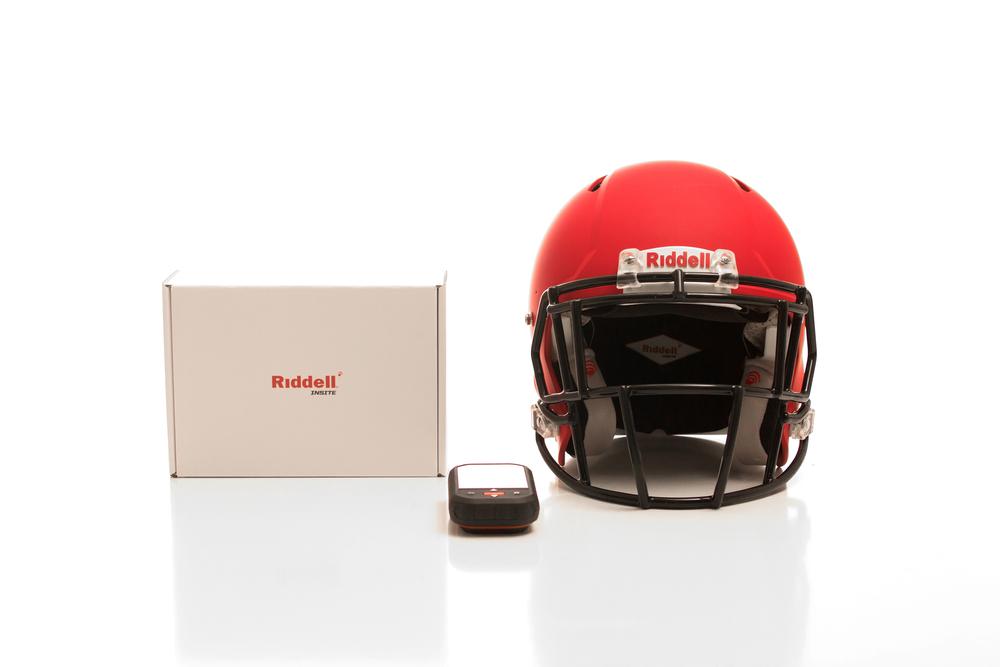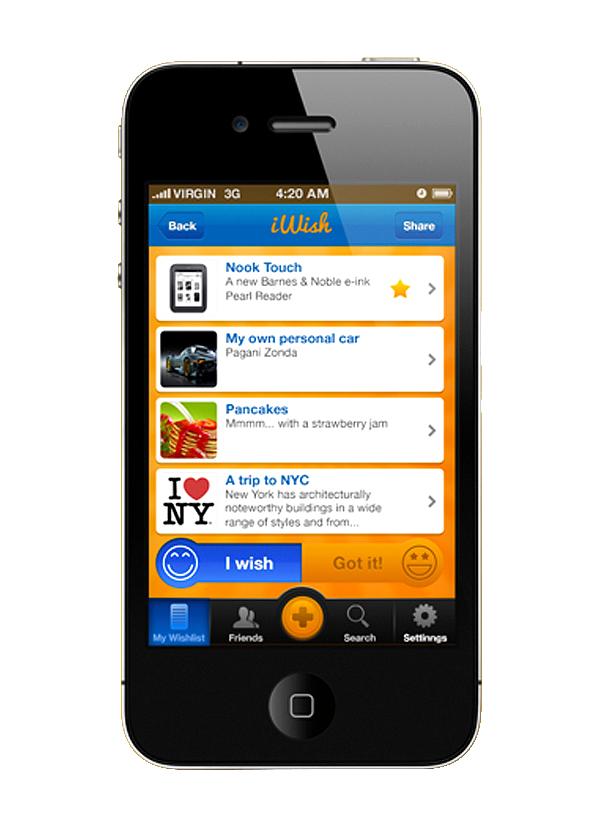The relentless pace of innovation and explosion of choice means consumer needs and expectations are constantly evolving, if not being wholly overturned. One certainty: health and fitness operators need to be aware of how changes in other sectors will challenge industry conventions and create opportunities for those who are alert and ready to respond to change.
Here are a handful of fresh, actionable trends on our radar that are simply begging to be applied by health clubs. The trends are in no particular order and, to keep things interesting, we haven’t included the bigger, macro trends (healthy living, ageing, mobile etc) that we’re sure are already firmly on your radar.
Honest flexibility
Despite clear and consistent evidence that consumers crave brands and business that are more human – love and attention is lavished on brands that ‘get it’ – in 2014 too many brands will continue to fall on the wrong side of this epic shift. Indeed, when asked about ‘meaningful brands’, most people say they wouldn’t care if 73 per cent of brands ceased to exist.
Rather than waiting for your product or service limitations to be called out, do you understand what frustrates your customers, and are you then bold enough to confront these issues publicly, first, in a mature and fair way?
For example, online dress rental site Rent the Runway set up a physical showroom on New York’s Fifth Avenue where members could rent a dress instantly, but also go to get measured to ensure future online rentals were the correct size. Meanwhile, the Art Series Hotel Group in Melbourne, Australia, launched an initiative that allowed guests to ‘overstay’ for free if their room wasn’t needed by another customer.
What creative solutions to customer pain points could you launch at your club?
Internet of caring things
The Internet of Things – the idea that soon objects, not just personal devices, will be connected – will be one of the big ideas of 2014. From a consumer point of view, expect to see innovations that are centred around the Internet of Caring Things receive a warm welcome.
What does that mean? Well, start thinking not just ‘connection’, but objects that protect, monitor, inform and improve consumers’ lives and activities. Examples include Ford’s new concept car seat, which contains an ECG heart rate monitor and can help with mid-journey driver heart attacks and subsequent accidents. An onboard glucose level monitoring system alerts drivers of critical blood sugar levels. Or Riddell’s ‘InSite Impact Response System’ American Football helmet, which contains sensors that send alerts to a coach’s mobile phone after serious impacts, in an attempt to reduce the likelihood of undetected concussions.
Crowd shaping
Big data is another business buzzphrase on everyone’s lips, and rightly so. But in 2014, operators would do well to focus on small data, and think about how to shape (and reshape) the customer experience around the preferences of the people actually present in the club at that time.
Why? Well, if big data is all about increased efficiency and benefits that flow to the operator, Crowd Shaping is all about increased relevance and tailored experiences.
CheckinDJ is a fun example of a crowdsourced jukebox, recently developed at Lancaster University in the UK. Users check into a venue using NFC, and the service then shapes the music playlist to match the overall tastes of the current audience by culling information from their social networks. Meanwhile, over in Finland, Kutsuplus is an on-demand hybrid taxi-minibus service with no set route, that instead calculates the optimal route for those on-board.
Which elements of your offering could you shape to match the preferences or needs of those using it at a given moment?
Personal touch
For many consumers, an endless array of brand websites, social media, telephone assistance, mobile apps and more have served to highlight an undeniable truth: sometimes only one-to-one human interaction will do.
And while many health clubs have many staff on-site, changing usage patterns and disruptive business models are challenging existing customer service approaches in the industry. However, developments in technology open up a whole new frontier: live video customer assistance. The benefits can be more than just cost, as by pairing customers with relevant experts, clubs can offer better service.
And if you think this doesn’t sound relevant for the fitness industry, then think again. In Brazil, Fiat launched its Live Store, enabling customers to ‘look around’ vehicles via Fiat hosts wearing helmets equipped with micro-cameras. And in Poland, mBank customers can contact bank representatives and discuss their account via live video chat, with points and virtual badges awarded to customers who undertake financial tutorials. If auto manufacturers and banks can apply this trend, then surely health clubs can too.
Time(line) travellers
As the online space becomes increasingly intertwined with real-life experiences, consumers will seek to re-live and remember their lives, outsourcing memory to the digital sphere.
For example, One Second Everyday prompts users to capture one second of their life each day. The app can then splice the clips together to create a short film. In Japan, mobile app Reep syncs with and chronologically sorts the user’s social media photo libraries and sends photos that were taken exactly a year ago as daily reminders.
In 2014, with consumers turning to services and tools that allow them to build, explore and reflect on these personal digital archives, how might health clubs apply this trend?
Consider using digital memories to remind and motivate consumers, show how their fitness has improved, or to aid performance reviews and set new targets.
Guilt-free consumption
In 2014, ethical and sustainable consumerism will remain high on the consumer agenda. One powerful dimension to focus on is consumer guilt. Experienced consumers are increasingly torn between their aspirations to be ‘good’, their consumerist impulses and an inability to fundamentally change their lifestyles. This will create huge opportunities for brands and services that allow them to enjoy consumption while reducing its negative impact (whether on oneself, society or the planet).
The health club industry is founded on consumer desire to alleviate personal guilt (ie living unhealthily), but think about all the other forms of guilt that consumers might experience after using your service – regarding the environmental impact, for example.
Which brands will make as strong a commitment to social and environmental production as Chipotle, the fast food chain that recently released an animated video addressing the flaws in the agribusiness model? Or innovative smaller businesses such as Miya’s Sushi in Connecticut, US, which goes beyond simply not including endangered fish – it actually offers dishes made with non-native, invasive species that are damaging the local habitat, in which eating them makes customers part of the solution. How’s that for guilt-free?!
Then there’s the Wish Lit app, which won an energy efficiency hackathon in Singapore. It allows the user to enter the cost of a desired object and then calculates how much energy they need to save in order to purchase it. Or Peddler’s Creamery, an ice-cream shop in LA, that powers its churner by asking customers to peddle an in-store bicycle.
Conclusion
Remember, these are just a small selection of the trends that will influence and shape consumer behaviour during 2014. The most important thing is to keep looking beyond the boundaries of the fitness industry, and think expansively when it comes to innovation.
Can you spot shifts in consumer expectations that are happening in parallel industries? Can you extract the ideas behind successful initiatives and apply them to your offering? Your customers won’t thank you if you can’t!


























































